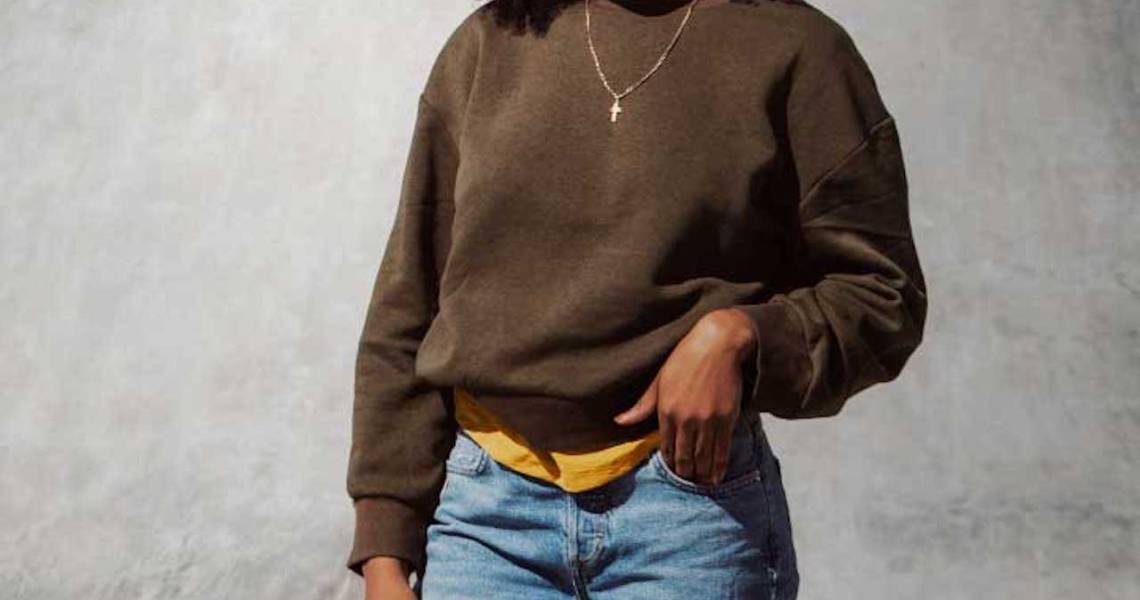When online retailer Shop Your Fit launched last month, it already had an impressive list of big name brands on board, from Madewell to Eloquii to Lululemon.
(Note: While these brands were listed on the Shop Your Fit site at the time of publication, the company has since removed them from the site and said that those brands are not partners and were listed only in a test capacity)
Shop Your Fit is focused on two things: helping customers find clothes that are the right fit for their specific body shape, which CEO and founder Matias Gath said is distinct from size, and reducing returns. The two are related, he said, with 46% of apparel returns blamed on a bad fit.
Shop Your Fit customers are prompted on the homepage to upload two photos of themselves to the brand’s mobile site, one from the front and one from the back, and to enter their height and weight. Then proprietary technology creates the user’s measurements profile and matches them with brands carried on the site that cater to their specific body type. Gath said a brand with a target audience of older women with children and one with a target audience of 18- to 24-year-old women have a different definition of what size medium means.
While shopping, if customers click on a certain product, their proper size will be pre-selected based on their measurements. Customers do not have to pick their size, if they prefer shirts a little looser for example, and the site can be shopped without uploading measurements, although Gath considers it a main selling point of the platform.

The question is whether the technology will work as intended and if customers will embrace it the way Gath hopes they will. A similar idea, the ill-conceived “Zozosuit” created by Japanese online retailer Zozo to help people find their perfect fit last year, was a massive and massively expensive mistake. Gath is aware of other attempts at what Shop Your Fit is doing, but he’s confident the company has cracked the code to get it right, which comes down to speed and convenience.
Ad position: web_incontent_pos1
“We looked at what others have done, and people were making things that were good for them but not good for the consumer,” he said. “Customers don’t want to order a suit, get it in the mail, put it on, take pictures, send it in and wait two weeks to get their fit. They want it in seconds, on their phones and with no special equipment. Many times we were tempted to, say, have a location where customers could come in and got scanned in-person, but we always went back to having it be frictionless, on your phone, in seconds. People are used to frictionless. Even if it took an hour, that’s too much friction.”
Secondly, Shop Your Fit does not hold any product or have a traditional wholesale relationship with brands. Instead, when customers make an order through Shop Your Fit, that order is transferred to the brand, which then fulfills the order and ships it to the customer. Shop Your Fit handles all the shipping costs, marketing costs and return costs, although the big bet is that the latter will be negligible because the fit will always be correct. In exchange, Shop Your Fit takes 30% of the revenue from each sale, while the brand takes a net 70% without being on the hook for any additional costs.
Gath said that the key to making this model work for Shop Your Fit and the brands involved is actually keeping returns low. So far, he said, it hasn’t been an issue. While the average return rate for apparel is 40%, according to the National Retail Federation, Gath said it’s been around 5% for Shop Your Fit.
For brands, there’s also the opportunity to acquire customers. Because customers are shopping by fit, not by brand, they could be introduced to all sorts of new brands that they otherwise wouldn’t have known about.
It can also help them better identify their customer.
Ad position: web_incontent_pos2
“It’s a great match for us,” said Iliana Cogan, co-founder of women’s brand Words Count, which was a launch partner with Shop Your Fit. “The way their model works, it helps us learn who our customer is, better identify who we should be targeting and understand why they’re choosing our brand over another.”
As size inclusivity increasingly becomes a talking point in the fashion industry, brands like Tanya Taylor and Rebecca Minkoff have all expanded their sizing to fit more people. Gath said that a future goal for the company is helping the brands it works with expand their own sizing options.
Currently, Shop Your Fit has 15 brands and a team of more than 20 people. It raised $1.2 million in funding before the launch last month. In the near future, Gath plans to make some tweaks, like moving away from doing the site’s product photography and sourcing imagery from the brands instead.
“An objective for us in 2020 is to have over 150 brands,” Gath said. “As far as growth, right now, I’m less concerned about growing revenue and our audience as I am about getting returns down from 5% to 0%. Once returns are where we want them, we’ll focus on growth.”




